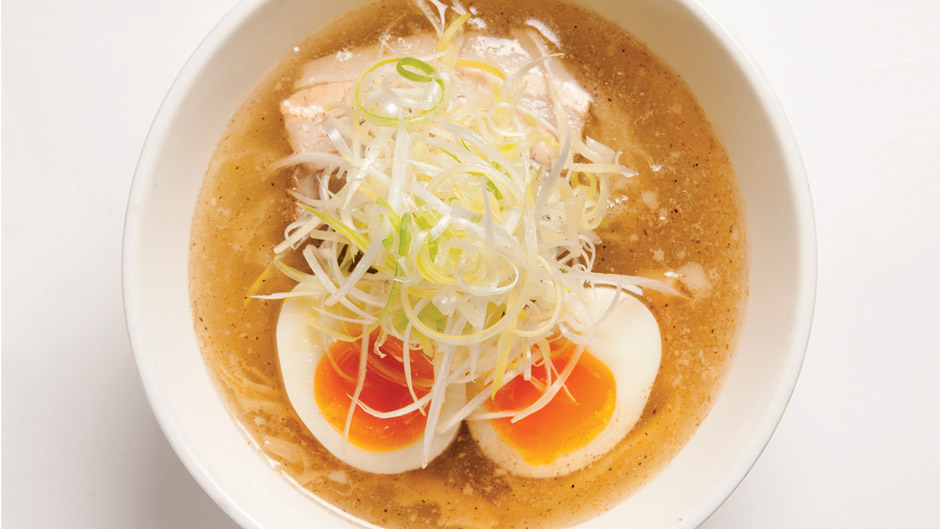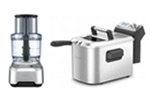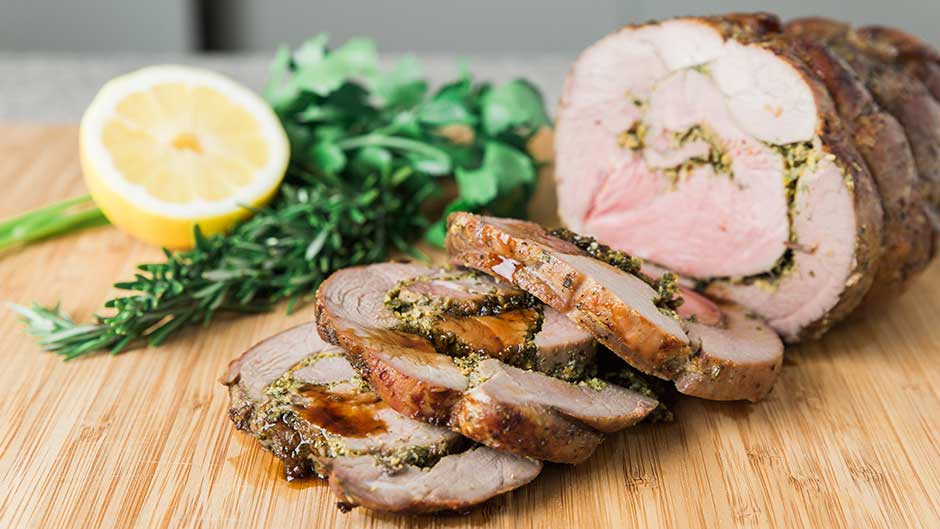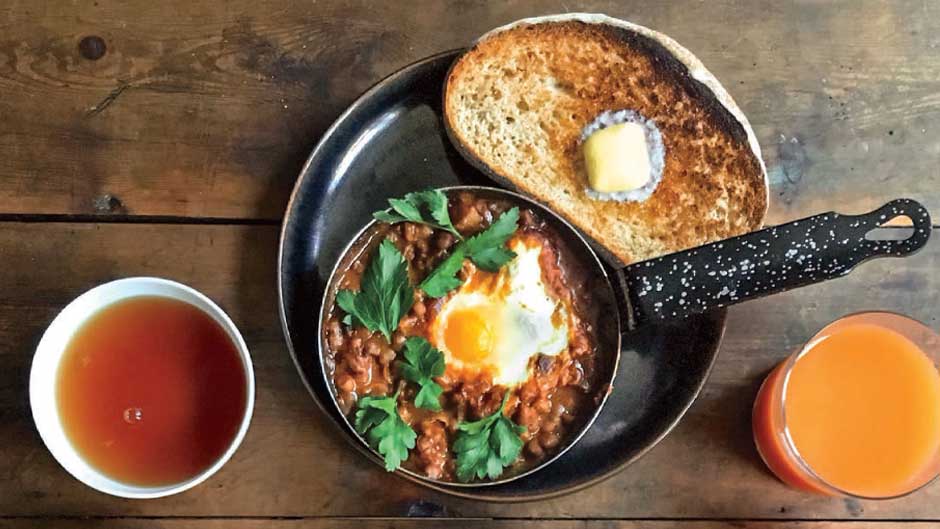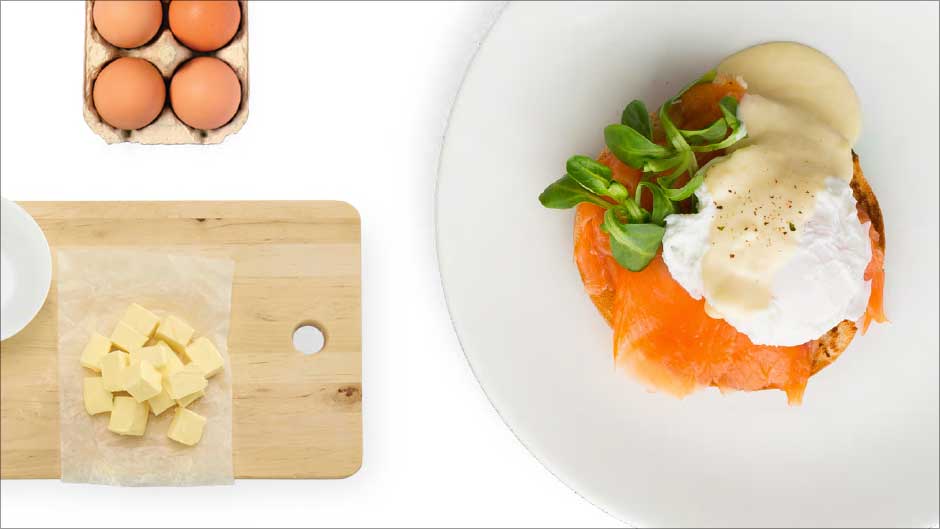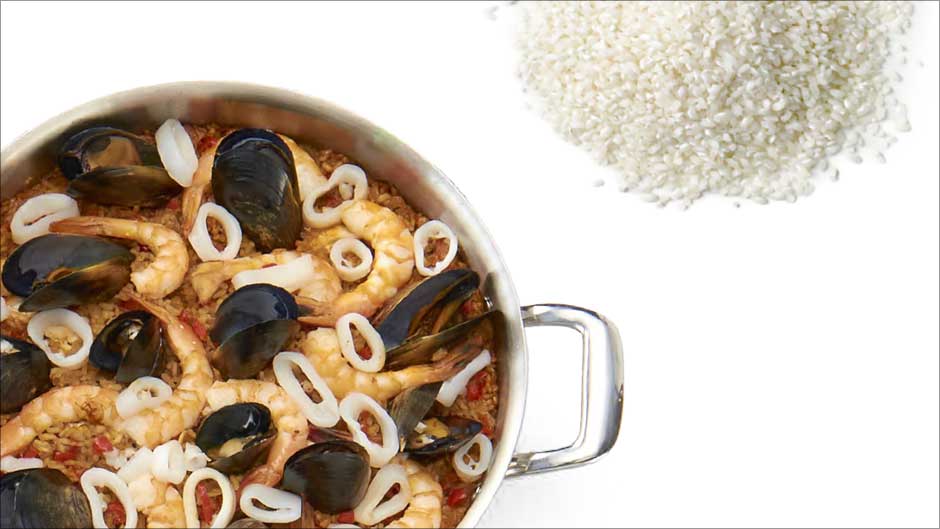Let’s say you’ve got all your ramen components prepped and ready, lined up on the counter. The chashu’s warm. The soup’s simmering on the stove. Appropriate ladles are matched to their respective sauces. From here, assembling a bowl of ramen is a cinch. (I know, I know, you’ve spent a week sourcing ingredients, boiling chickens, rendering fat, and braising chashu. Now you know how I feel — so when you come in to the restaurant, eat your soup while it’s boiling hot like I asked you to!)
It should be obvious, but I’ll say it anyway: have everything ready before you start assembling. You shouldn’t be flipping to page X halfway through a bowl of ramen. Recipes for each individual component appear in the pages following this recipe. Tackle them one at a time, then return here when you’re ready to assemble a complete bowl.
Ingredients
- 10 milliliters (2 teaspoons) warm Chicken Fat (page 104)
- 10 milliliters (2 teaspoons) warm Pork Fat (page 105)
- 30 milliliters (2 tablespoons) room-temperature Shio Tare (page 107)
- 5 grams (1 tablespoon) Katsuobushi Salt (page 111)
- 270 milliliters (1 cup) Double Soup (page 113), simmering
- 130 grams (4 1/2 ounces) Toasted Rye Noodles (page 119)
- 2 pieces Menma (page 123)
- 1 thick slice Pork Belly Chashu (page 127), warmed in its cooking liquid or in the noodle water as it comes to a simmer
- 1 room-temperature Half-Cooked Egg (page 131)
- finely shredded green onions or negi (Japanese green onions), for garnish
Instructions
- Bring a pot of unsalted water to a boil for the noodles.
- In the bottom of a ramen bowl, combine the chicken fat, pork fat, shio tare, and katsuobushi salt.
- Keep the double soup simmering in a covered saucepan over low heat, but make sure it doesn’t reduce.
- Drop the noodles into the boiling water and cook until just barely al dente. The noodles at Ivan Ramen take exactly 50 seconds to cook, but yours will almost certainly differ. Experiment with a few threads and see how long they take. Just before the noodles are ready, ladle the simmering double soup into the bowl.
- Drain the noodles thoroughly, shaking them well in the strainer to remove as much water as possible, then lay them in the bowl. Lift them with a pair of chopsticks and fold them back over themselves so that they don’t clump into a ball.
- Float the two pieces of menma in the soup. Place the chashu in the center of the bowl.
- Slice the egg in half. (This is best accomplished with a taut piece of nylon fishing line. The egg yolk won’t stick, and you’ll end up with a perfect cut.) Place the egg halves next to the chashu.
- Pile the green onions in the center of the bowl. Serve or start eating as soon as possible.
(Reprinted with permission from Ivan Ramen by Ivan Orkin © 2013. Published by Ten Speed Press, a division of Random House, Inc.)

